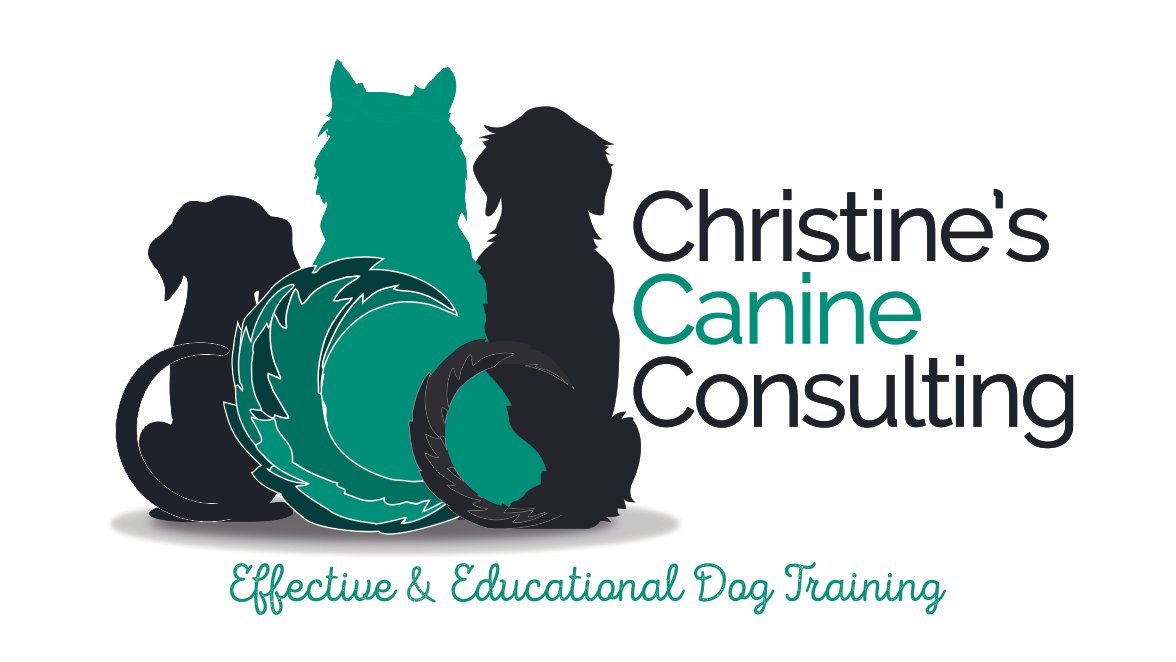Walking The Dog
Walking dogs from a different perspective.
When it comes to walking on a leash, humans and dogs are in opposition before they even leave the house. Between the competing goals and being a whole different species, there’s bound to be conflict.
We’ve been told for generations that you walk a dog on a 6 foot leash twice a day for 30 minutes in order to provide them with physical exercise. One of the first goals is to get them out on a walk ASAP.
We’ve also been told that you take a dog for a walk with you for companionship. You don’t have to walk alone if you’ve got a dog! When you bring home a new puppy or rescue, what’s on your to-buy list? Collar, leash, food…
Wearing walking equipment is not natural for dogs. It’s something we condition them to accept from a very young age but that doesn’t mean they’d choose to wear it if given the option. We often ignore things like chaffing, pinching and choking in favour of colour and style.
They learn really quickly that the leash is uncomfortable at best, and dangerous at worst. They also learn that their human is capable of hurting and scaring them by yanking, dragging, and jerking on that leash. (Not a great first impression for a puppy or rescue.)
The environment we’ve created to walk dogs in was not designed with them in mind. Their joints were not made for walking on concrete and hard surfaces. It’s hard on their bodies. (Same goes for us but we have $200 shoes for that.)
The streets and the sidewalks are linear. Dogs don’t naturally move in a straight line. When a dog gets access to the great outdoors, their goals are to gather information, ensure feelings of personal safety, find food and a mate. None of those things can be done walking down a sidewalk. Dogs naturally move erratically while they’re foraging, scavenging and most importantly, sniffing. And not only do they zig zag, they walk at a much faster pace than we do! We change the rules on them. We want them to slow down but when THEY do slow down or stop to sniff, it’s all “let’s go” and “leave it.”
Dogs have very little agency. We decide what they do and when they do it. Right down to when they can eat, drink and relieve themselves. Going for a walk might be the highlight of their day and their only opportunity to do dog things that they need to do for their well-being. But we don’t want them to show any excitement though because we don’t like the jumping, barking and pulling on the leash stuff. These expressions of emotion are not permitted.
If the opposite is true and the dog is fearful or anxious, we encourage emotions. The behaviour that goes with those feelings is what we consider “calm”. The dog is quiet, they’re not sniffing or peeing on things and they’re probably walking right alongside you.
To top it all off, we fully expect the dog to pay attention to the least interesting thing around. Us. The person responsible for holding them back and preventing them from behaving and moving normally.
When you start questioning the rules and try to forget everything you think you know about dogs, things change. You begin to see the depth of dogs’ uniqueness. When you observe what your dog does with curiosity instead of assumptions, you get to know them on a deeper level. You might find yourself asking questions like “does my 12 year old arthritic beagle need to go around the same block they did when they were young and fit?” Or “t’s -12 today (or +30). Do I really need to walk my dog or can we skip a day?”

